Article updated on May 3, 2021
Text: Marcella van Alphen
Photographs: Claire Lessiau & Marcella van Alphen
Note: all photographs taken in the wild & available in high definition upon request. All rights reserved.
I am hiking in the mountains of the Cederberg, a remote area a couple of hours away from Cape Town, South Africa, known for its magnificent stargazing, and not so much for its safaris. I have just spotted some fresh tracks in the sand though. It is broad daylight and I am following them. They lead me to some dung along the track: it is rather fresh and contains some rodent bones and hair… It is what I thought: I am not alone. These grounds used to be populated by many more wild animals, but here Africa’s most feared predators have been wiped out but for one of them which has been adapting extremely well despite habitat loss: the leopard.
Pin it for later!
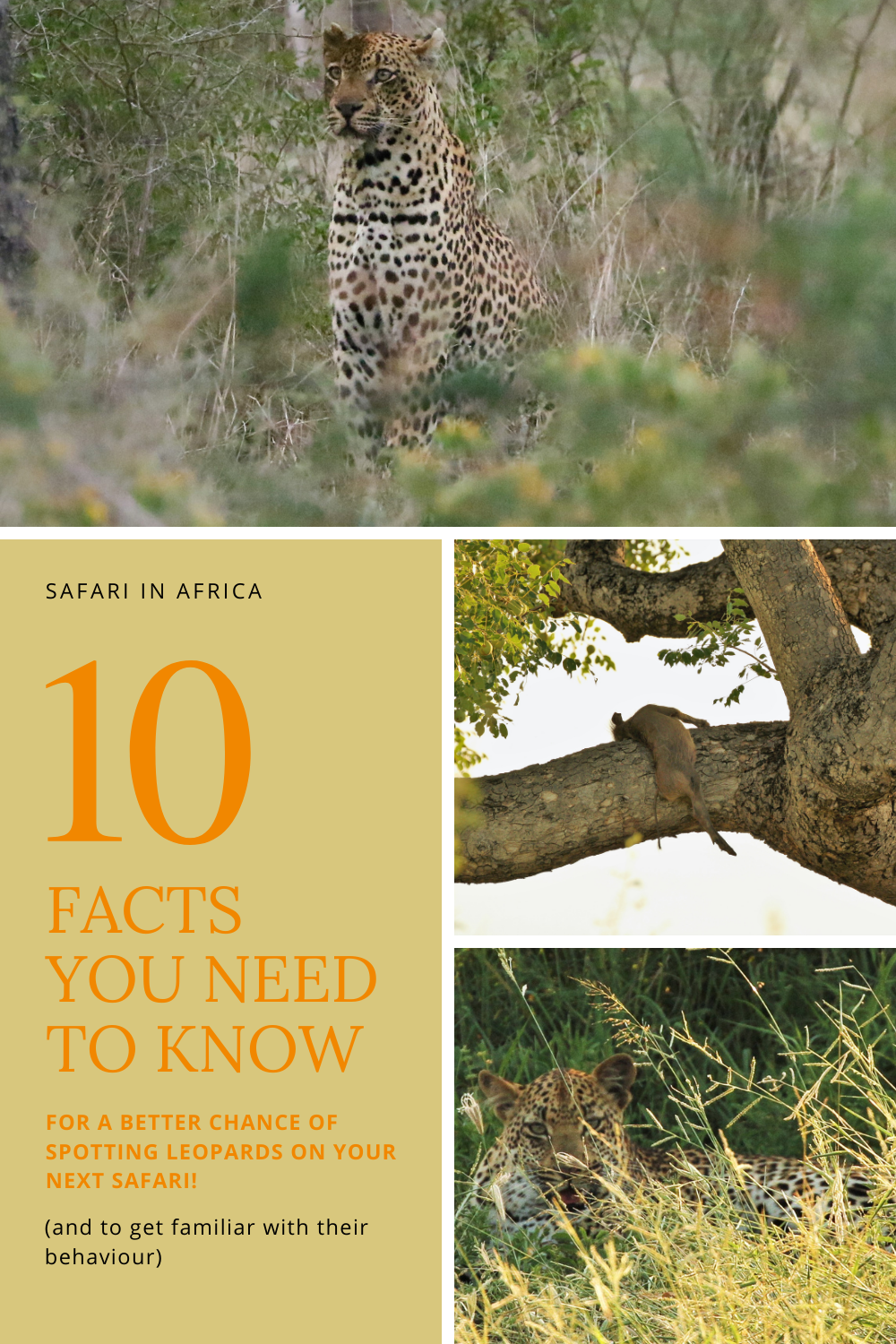
In this series of five articles we feature the big 5 (lion, elephant, buffalo rhino and leopard), Africa’s most dangerous animals to come across in the wild. Scroll down for some amazing insights in the secretive life of leopards.
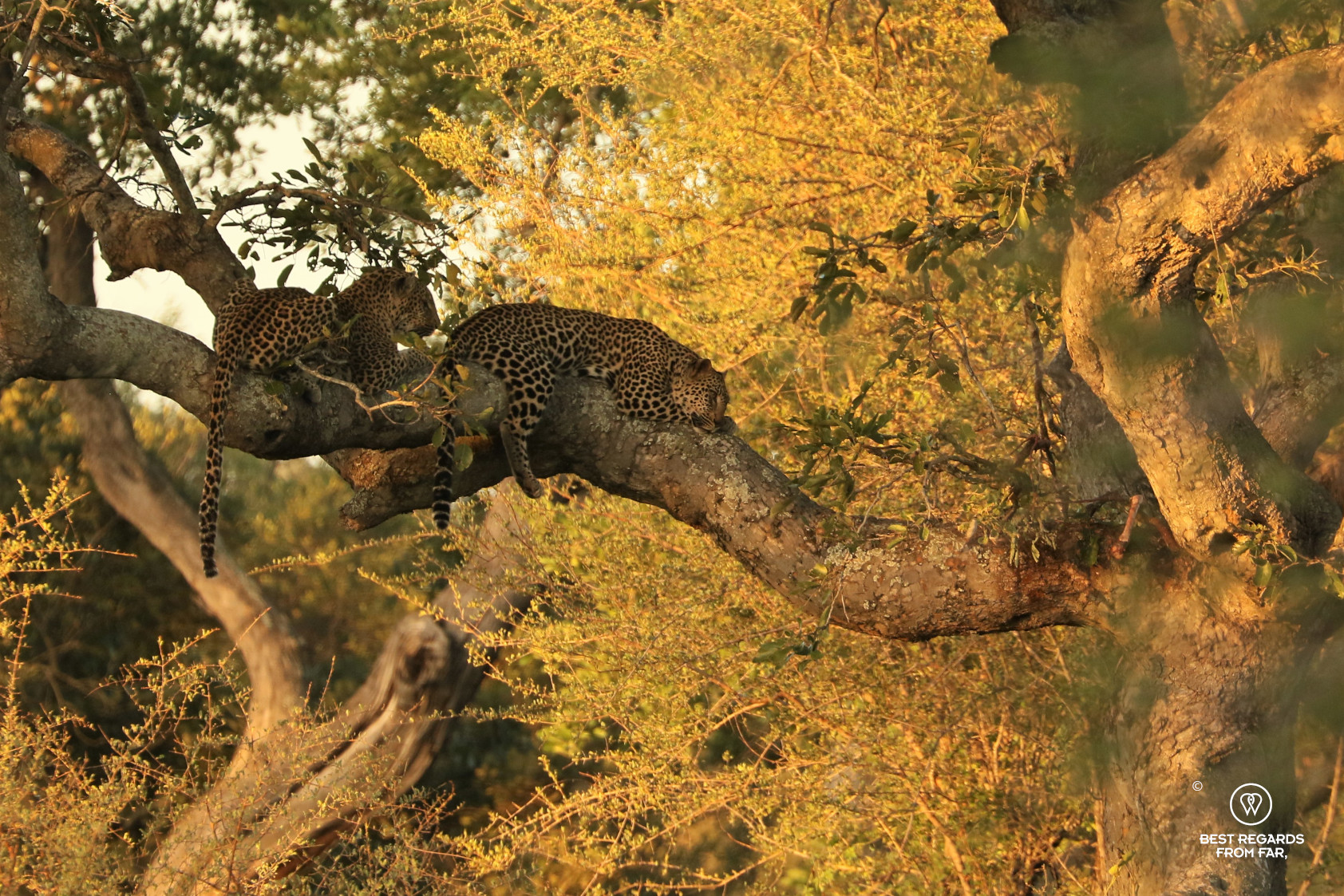
General facts
- Leopards (Panthera pardus) are part of the family Felidae, and are the smallest of the four large cats after tigers, lions and jaguars.
- Contrary to the social behaviour of lions which live in prides, leopards are solitary animals.
- A male leopard weighs between 38 and 85 kilograms (84 and 187 lb) with an average of roughly 60 kilograms (132 lb) – a lot lighter than lions.
- Leopards live up to 12 till 17 years old in the wild.

What is the difference between jaguars & leopards?
- Jaguars live in Central and South America while leopards don’t.
- Jaguars are the tallest of the cats found in Central and South America while leopards are the smallest of the cats found in Africa.
- Jaguars are more muscled, have a wider face and stronger jaw and shorter tail compared to leopards.
- Jaguars have black spots within their spots, unlike leopards.
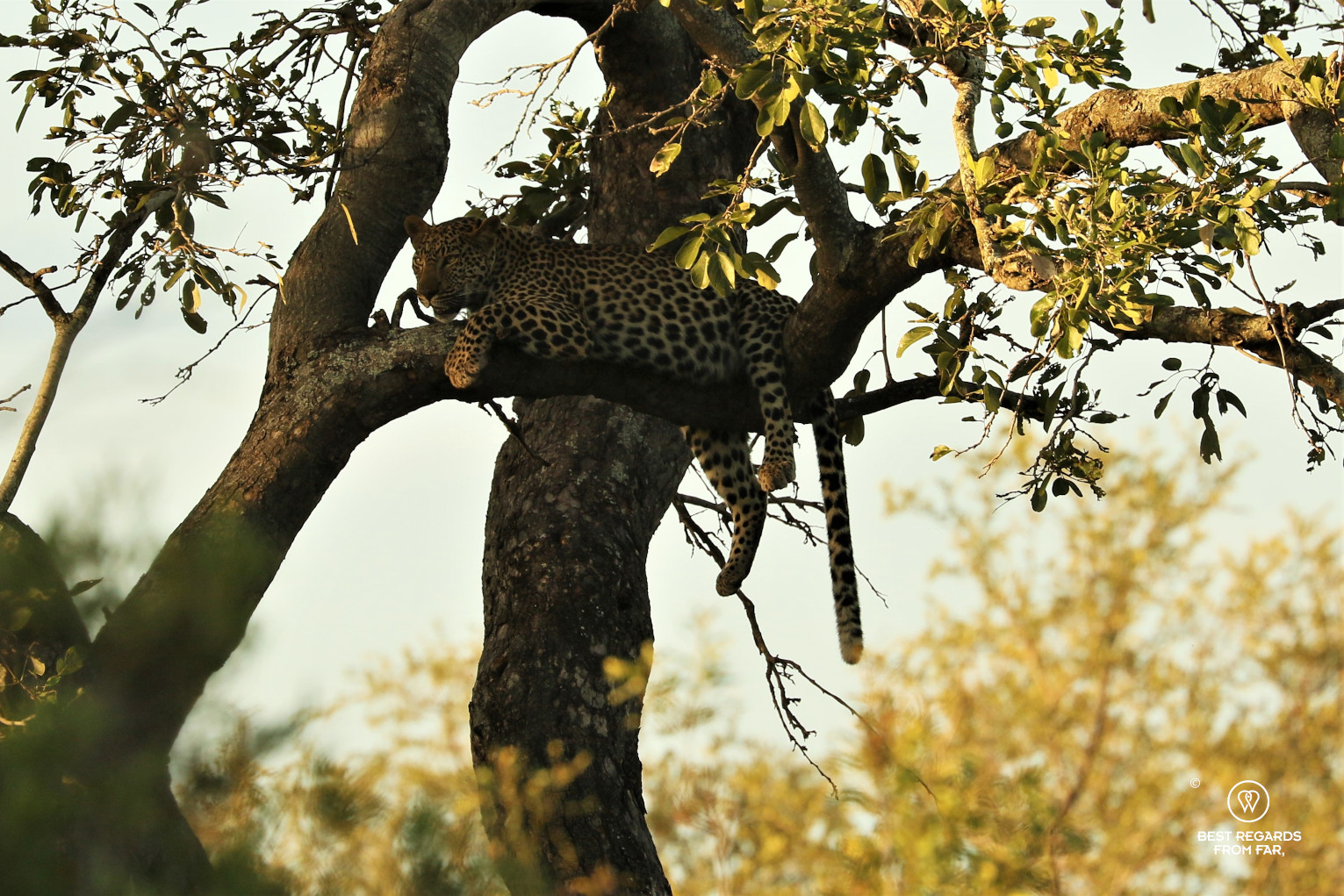
Where to find leopards in the wild
- Leopards can be found in sub-Saharan countries of Africa and in China, Asia and India (even though they are very rare outside Africa). Leopards are the most adaptable of all cats and live in all sorts of habitats: grassland, savanna, scrubland, rainforest, mountainous landscapes and even deserts.
How many leopards are there left in the wild?
- An estimated 700,000 leopards live in Africa. About 4 leopards a week get killed on the continent due to hunting that is legal with a permit…
- Their numbers have declined by 30% over the past 25 years due to habitat loss and trophy hunting. In 2014, 311 African leopard trophies have been imported into the United States alone by trophy hunters.
- The leopard is classified as “vulnerable” on the IUCN red list of species and has become extinct in 13 countries already.
How do leopards reproduce & take care of their cubs?
- There is no mating season for leopards.
- When a female is ready to mate, she will set off strong odours and give out loud calls, attracting male leopards from great distances.
- The male and female will stay together for about a week while mating frequently.
- After carrying the cubs for 90 to 100 days, the female gives birth in a den (often holes in termite mounds or in rocky outcrops in dense thickets) in which she hides the very vulnerable cubs. Some females nurse different generations of cubs in the same den.
- The mother moves the cubs every few weeks to protect them from possible predators. Only 50% of them make it through their first weeks.
- Cubs start eating meat after 6 weeks but are still depending on their mother’s milks for up to four months.
- Cubs remain fully dependent on their mother for about 10 months but still stay with her until they are about 1.5 to 2 years old to learn how to hunt successfully and how to establish a territory for themselves.

How do leopards hunt?
- Leopards hunt mostly at night and are opportunistic.
- They mostly stalk and ambush their prey. They get as close as possible and strike with a jump and a bite in the neck which is often fatal. In some occasions, a leopard in tree can fall onto its prey to kill it.
- Their diet is extremely varied and more than 90 different species of prey have been identified (from tiny dung beetles to birds, from fish to rock dassies and even large elands!).
- Leopards tend to drag their kill up in a tree quickly to prevent scavengers from eating it (they are often followed by hyenas that can easily steal their prey), and although it requires great effort, they can drag up to 3 times their body weight up in a tree.
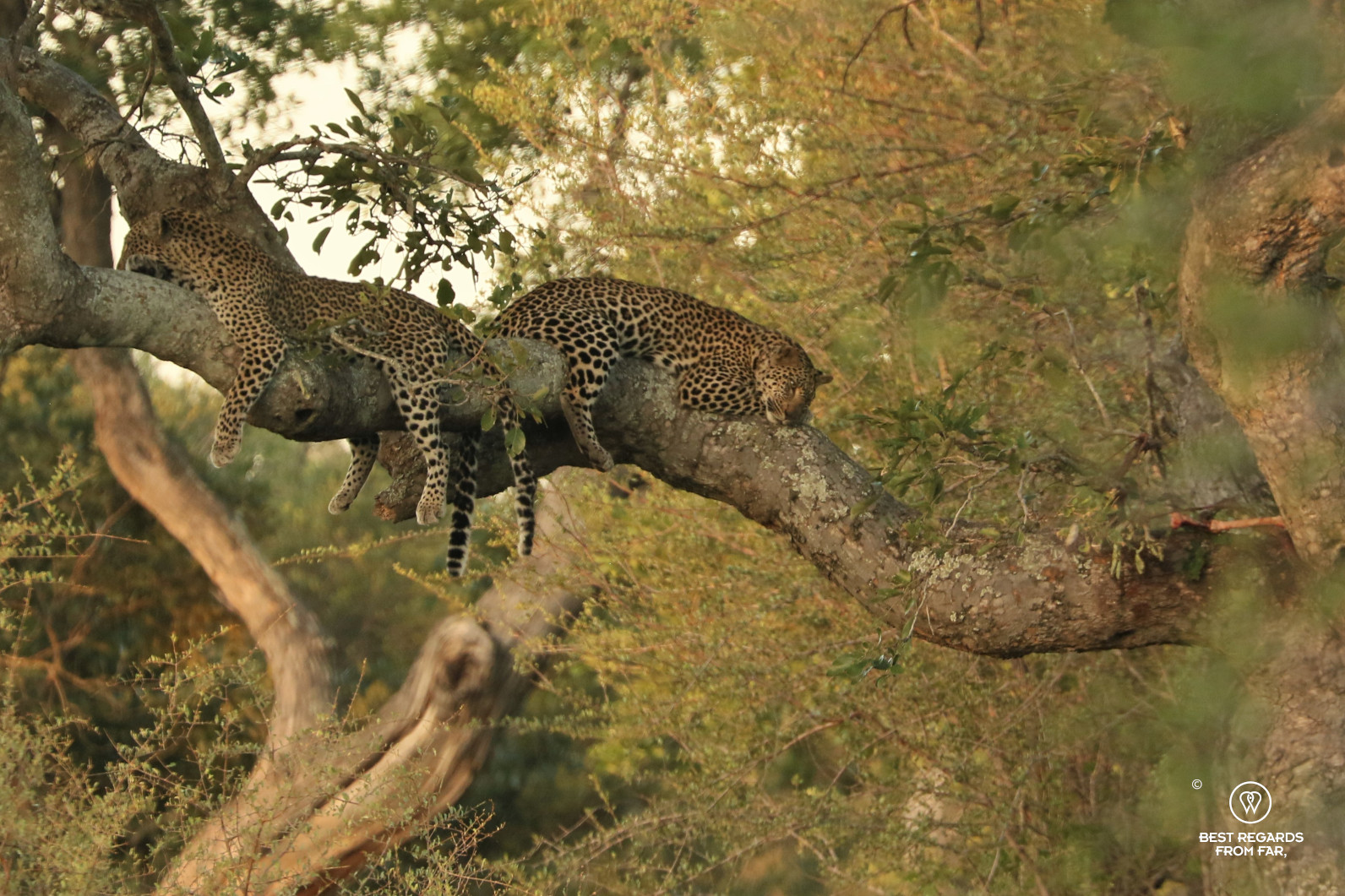

How do leopards communicate?
- Males mark their territory by spraying their scent on many trees and bushes. If you smell sweet popcorn on your game drive, the leopard is not far…
- Males and females also mark their territory by scraping the ground with their hind paws releasing a scent from the interdigital toe glands.
- To mark their territory, leopards also let out loud calls which sound a bit like sawing a large log of wood.
The challenge of leopard spotting
Kruger park, sunset. We are standing at the rear of our game drive vehicle, staring at the branch on which a lifeless warthog piglet hangs. The young leopard is not far, but where? Take a really good look! Can you spot it in this photo?

For your best chances of leopard spotting in Africa during the day: scan the larger branches of trees for a tail (up to one meter long) hanging with a white tip. On hot days they will look for branches that will provide them with shade. Protected from other predators, they just love snoozing part of their day up there! Apart from scanning the trees make sure to scan the thickets for their spots: leopards are extremely well camouflaged and as they are shy, they know how to hide from you really well (careful: this does not mean they are scared of you). Consider yourself extremely lucky when you observe one of these powerful animals!

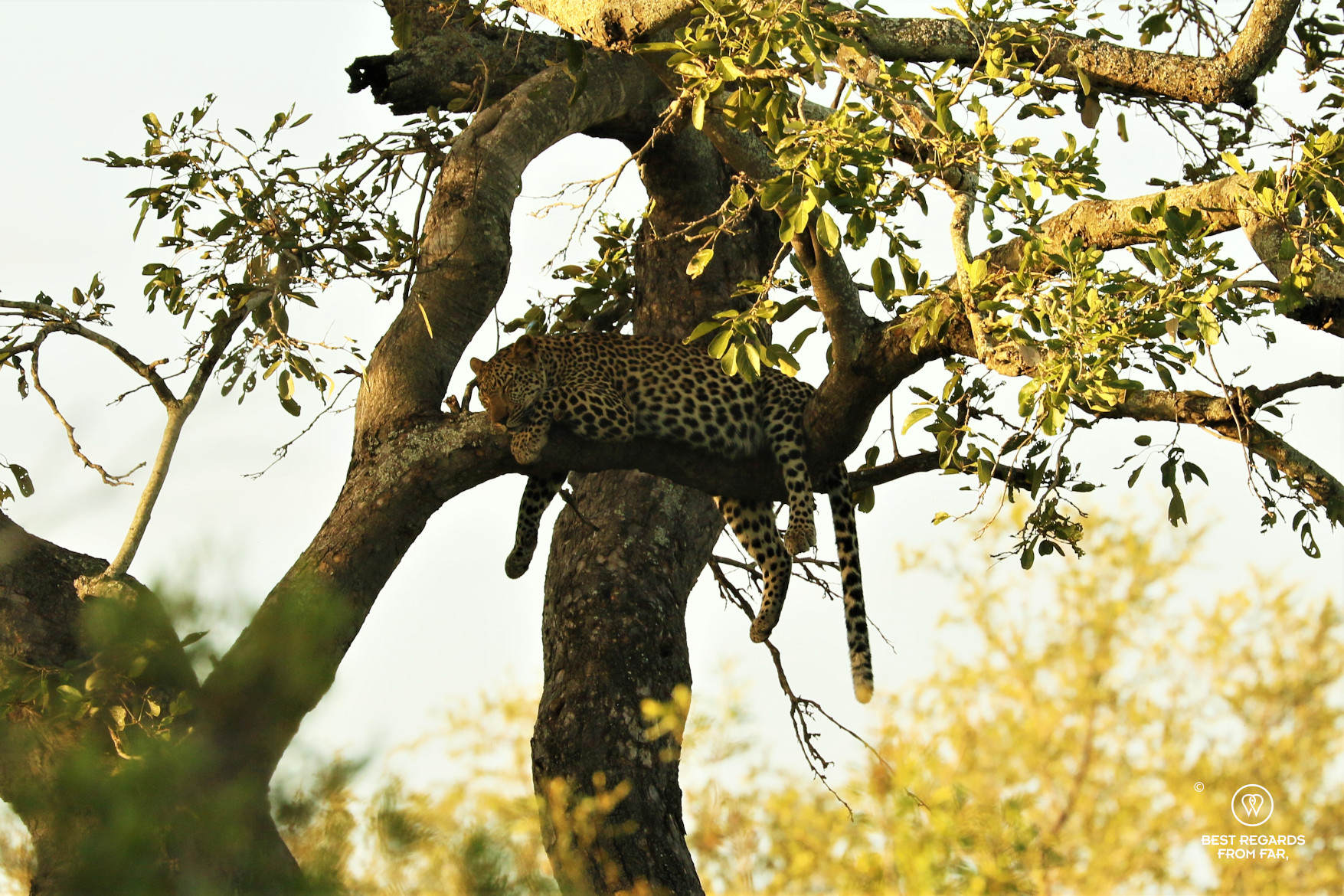
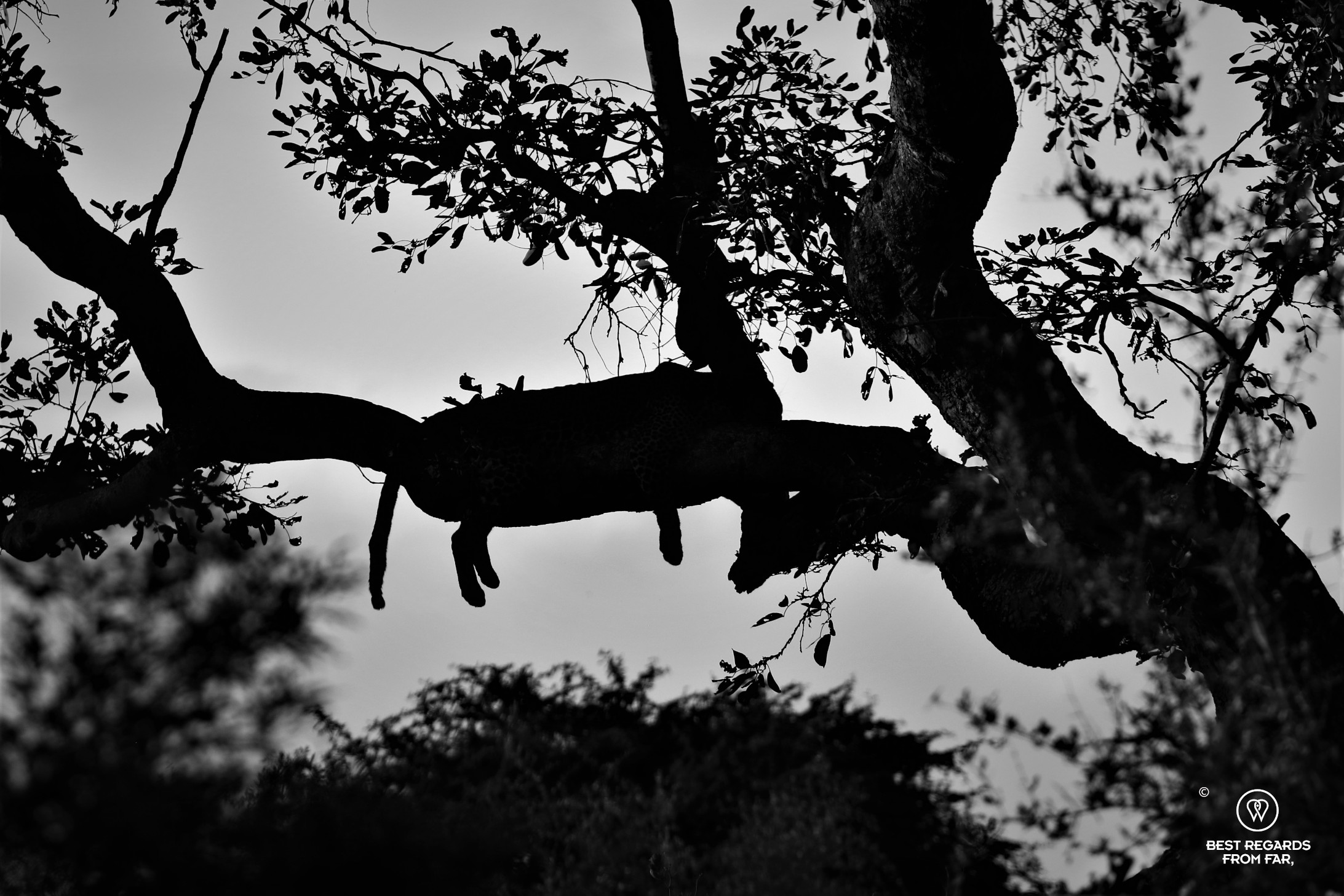
Travel tips:
- Check out this interactive map for the specific details to help you plan your trip and more articles and photos (zoom out) about the area! Here is a short tutorial to download it.
For more safari-inspired articles, click on these images:



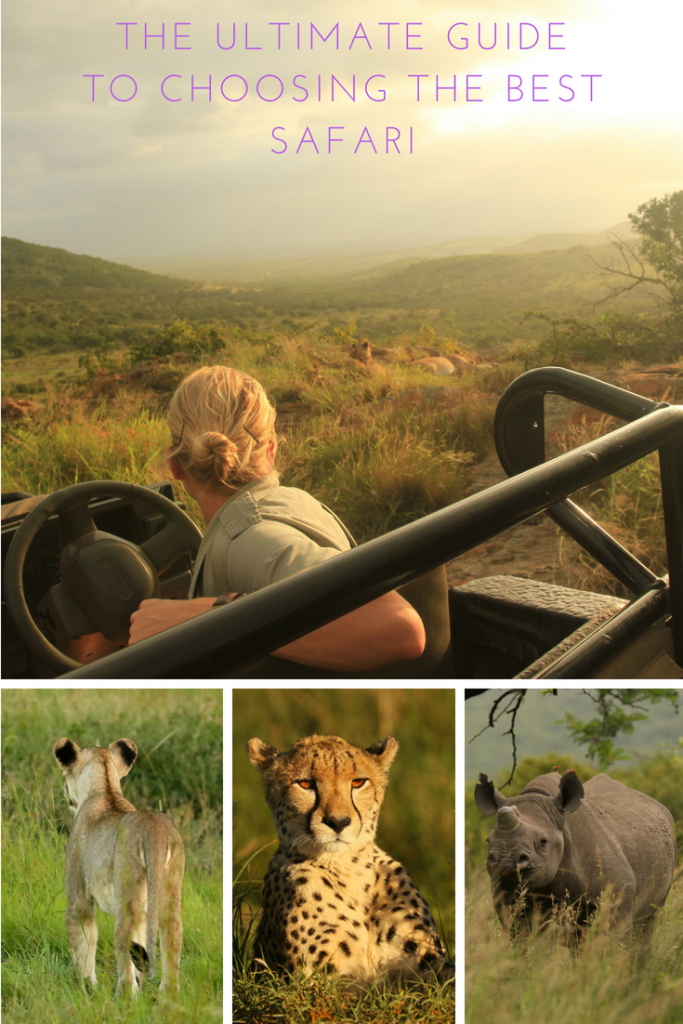





Absolutely stunning photos. And thanks for the info. I didn’t know the difference between leopards and jaguars!
Thanks! Happy to read you have learned this from our post. These animals are just amazing! We will dedicate two more posts to the African big 5 in the near future 😃
Great! I look forward to seeing more.
Great information.
Thanks!